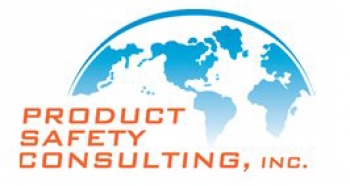Commercial Space Travel Nears
Virgin Galactic's spaceplane recently hit new heights in its second powered test flight. The spaceplane's chemical rocket engine was first fired up last month in its inaugural flight. The latest test flight took place in California and brought the tourist-carrying space craft a little closer to space. Engineers are currently poring over the recent flight data with thoughts of the next round of testing.

Competitors in the private sector are still planning on sending passengers into space using a conventional launch vehicle which blast off from the ground. Virgin Galactic's SpaceShip Two VSS Unity has a different launch method in mind. During the initial test flight the space vehicle piggybacked on a mothership and released at an altitude of 46,500 feet. Once launched, the spacecraft fired up their hybrid rocket engine for half a minute to propel the plane to Mach 1.9 allowing it to reach an altitude of 84, 270 feet, an incredible accomplishment.
The second test flight was set up to accommodate passengers and accompanying gear. This shifted the center of gravity backward. The plane reached an altitude of 114,500 feet, which is more than halfway to space (as defined by US Air Force standards). The plan is to be able to fly paying passengers into these suborbital space altitudes.
After reaching supersonic speeds the engines were turned off and the plane's re-entry system was engaged successfully. A 2014 premature deployment of this re-entry system led to a fatal test flight. Newly incorporated safety devices worked as designed in the second test flight. By deploying 60 degree angles and slowing the plane on its descent, the plane eventually glided safely to the tarmac for a flawless, conventional landing.

There will likely be 2-3 more test flights before passengers can purchase their tickets to space flight. Once a space craft successfully goes above 264,000 feet, Virgin owner Richard Branson is planning on launching himself into space.
Product Safety Consulting knows safety and are able to help your company bring your products to market. If your company needs to know how to get UL listed, be sure to contact Product Safety Consulting.

